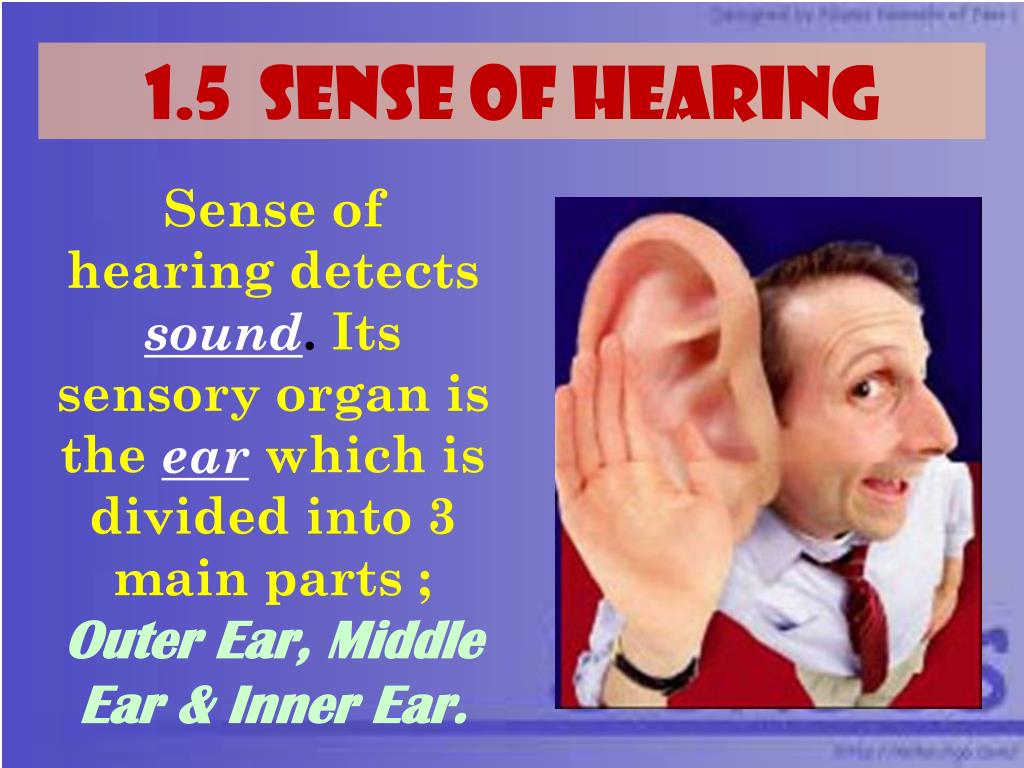

The effect was first defined and named "the cocktail party problem" by Colin Cherry in 1953. Hearing the intermixed voices of many pilots over a single loudspeaker made the controller's task very difficult. At that time, controllers received messages from pilots over loudspeakers in the control tower. In the early 1950s much of the early attention research can be traced to problems faced by air traffic controllers. Binaural unmasking is a process that involves a combination of information from the two ears in order to extract signals from noise. Better-ear listening is the process of exploiting the better of the two signal-to-noise ratios available at the ears. However, much of this binaural benefit can be attributed to two other processes, better-ear listening and binaural unmasking. As soon as the auditory system has localized a sound source, it can extract the signals of this sound source out of a mixture of interfering sound sources. The auditory system is able to localize at least two sound sources and assign the correct characteristics to these sources simultaneously. The benefit of using two ears may be partially related to the localization of sound sources.

People with only one functioning ear seem much more distracted by interfering noise than people with two typical ears. The cocktail party effect works best as a binaural effect, which requires hearing with both ears. The "cocktail party effect" – the ability to detect significant stimuli in multi-talker situations – has also been labeled the "cocktail party problem", because the ability to selectively attend simultaneously interferes with the effectiveness of attention at a neurological level. įurthermore, activity in the superior temporal gyrus (STG) toward the target stream is decreased/interfered with when competing stimuli streams (that typically hold significant value) arise. Both the target stream (the more important information being attended to) and competing/interfering streams are processed in the same pathway within the left hemisphere, but fMRI scans show that target streams are treated with more attention than competing streams.

Neurological basis (and binaural processing) Īuditory attention in regards to the cocktail party effect primarily occurs in the left hemisphere of the superior temporal gyrus, a non-primary region of auditory cortex a fronto-parietal network involving the inferior frontal gyrus, superior parietal sulcus, and intraparietal sulcus also accounts for the acts of attention-shifting, speech processing, and attention control. Īn inability to segregate stimuli in this way is sometimes referred to as the cocktail party problem or cocktail party deafness. It may also describe a similar phenomenon that occurs when one may immediately detect words of importance originating from unattended stimuli, for instance hearing one's name among a wide range of auditory input. This phenomenon is often described in terms of "selective attention" or " selective hearing". This effect is what allows most people to "tune into" a single voice and "tune out" all others. It has been proposed that one's sensory memory subconsciously parses all stimuli and identifies discrete pieces of information by classifying them by salience. Listeners have the ability to both segregate different stimuli into different streams, and subsequently decide which streams are most pertinent to them. The cocktail party effect is the phenomenon of the brain's ability to focus one's auditory attention on a particular stimulus while filtering out a range of other stimuli, such as when a partygoer can focus on a single conversation in a noisy room.


 0 kommentar(er)
0 kommentar(er)
